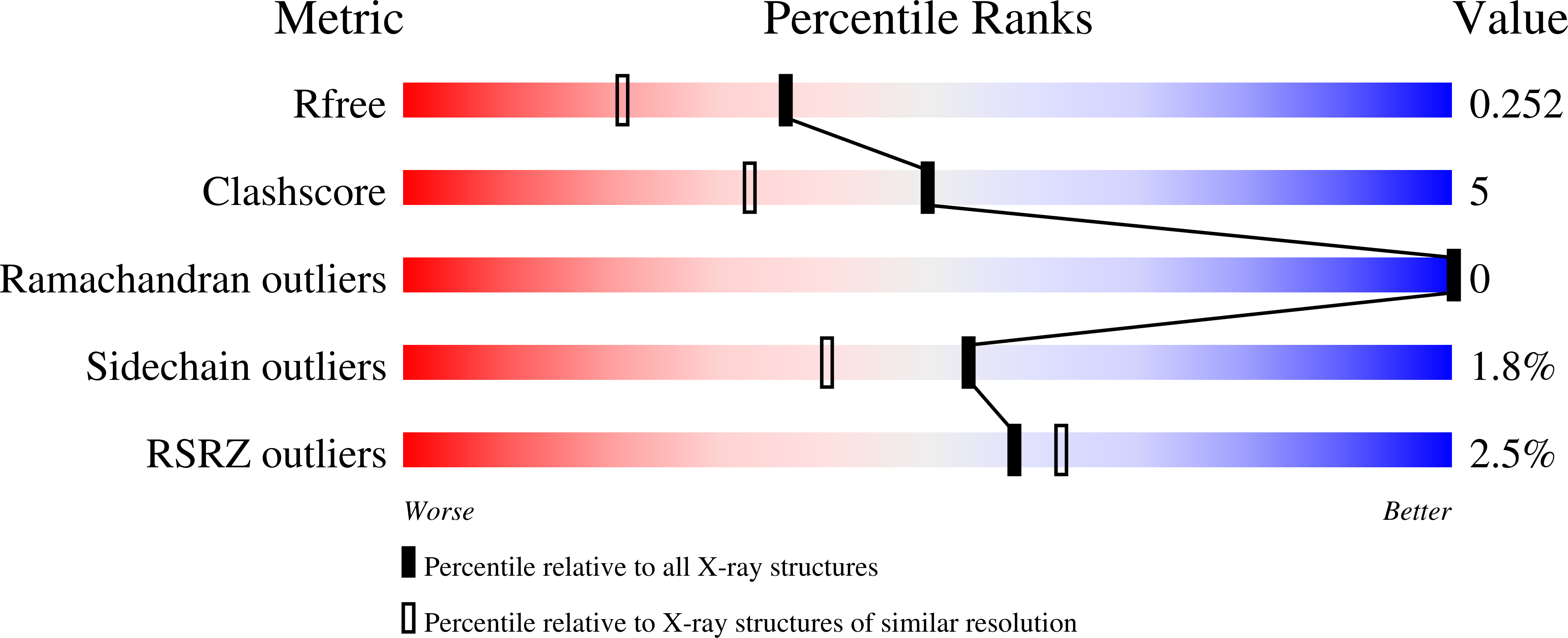
Deposition Date
2023-10-23
Release Date
2025-04-02
Last Version Date
2025-04-02
Entry Detail
PDB ID:
8UQH
Keywords:
Title:
X-ray crystal structure of PRMT4 bound to compound YD-1130
Biological Source:
Source Organism:
Homo sapiens (Taxon ID: 9606)
Host Organism:
Method Details:
Experimental Method:
Resolution:
1.87 Å
R-Value Free:
0.25
R-Value Work:
0.21
R-Value Observed:
0.21
Space Group:
P 21 21 2


